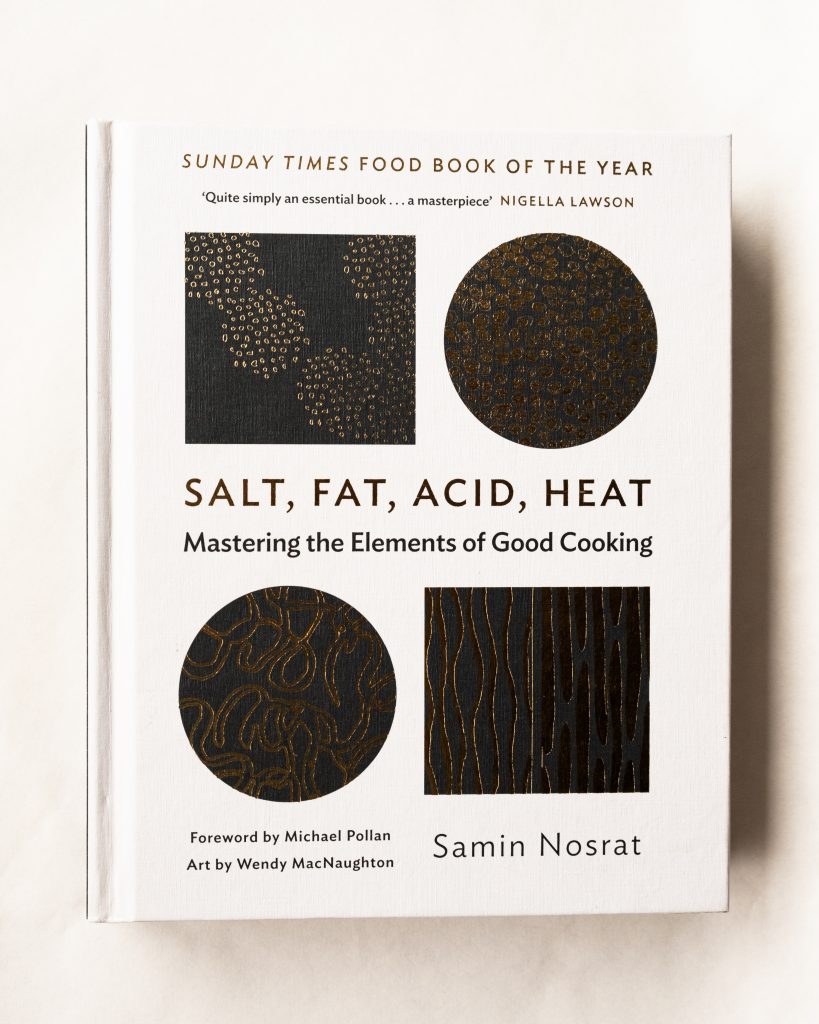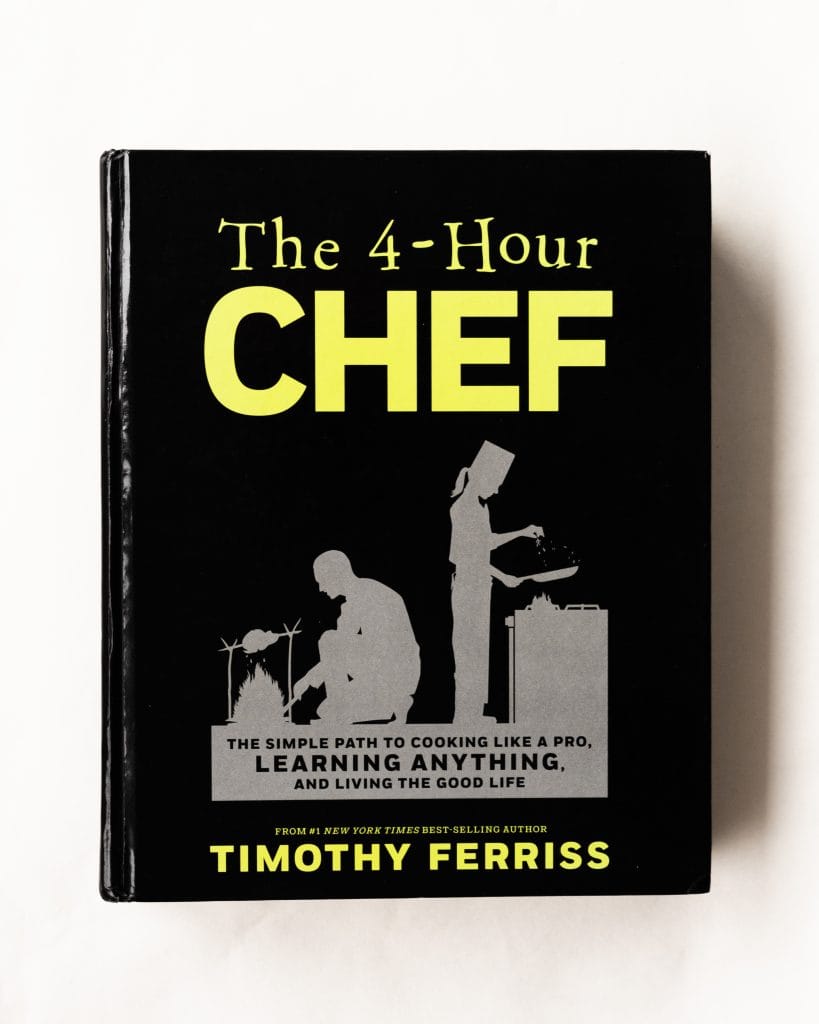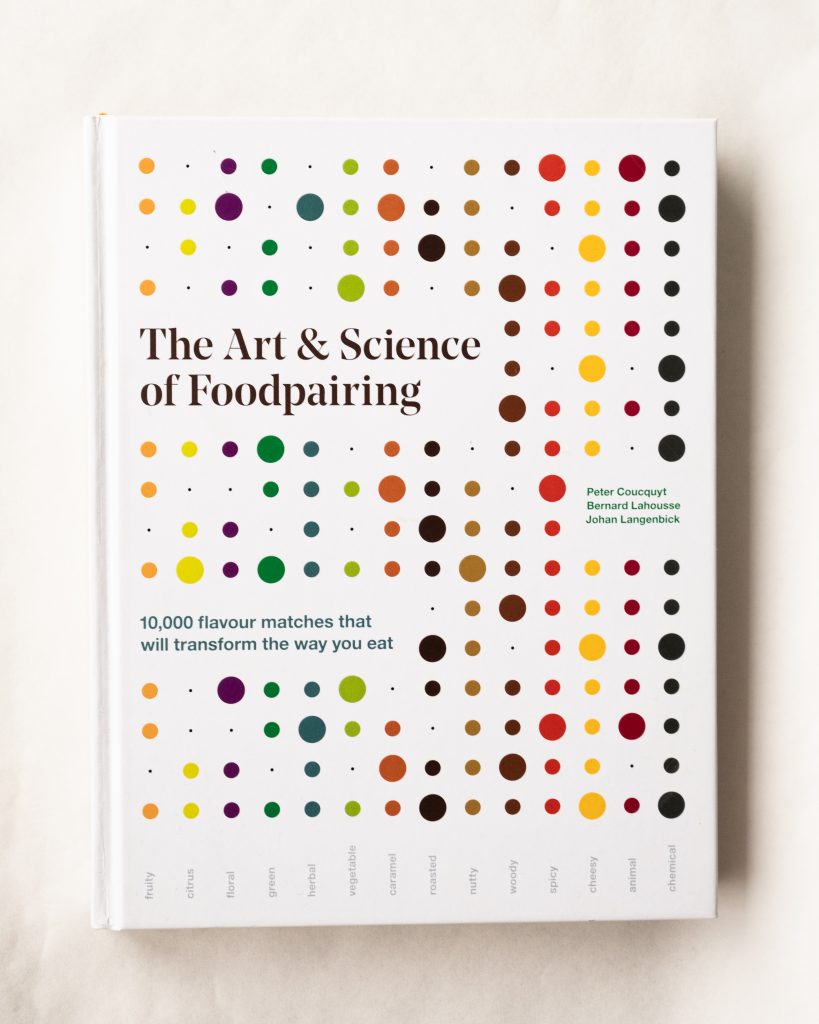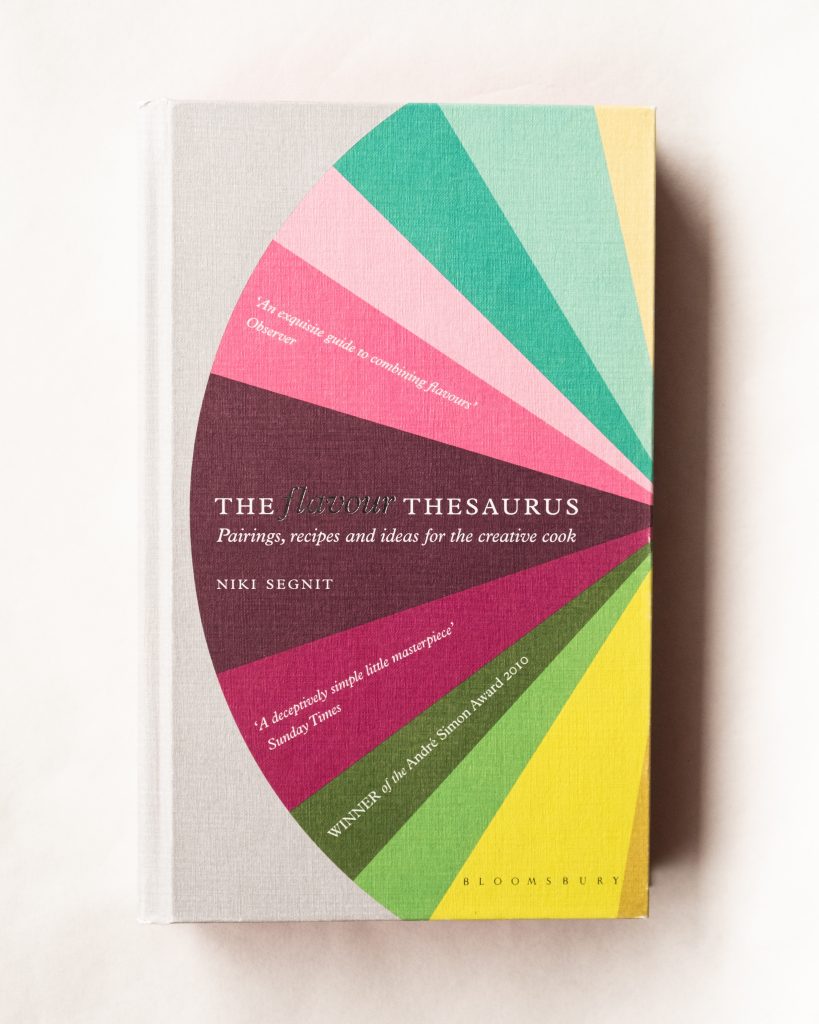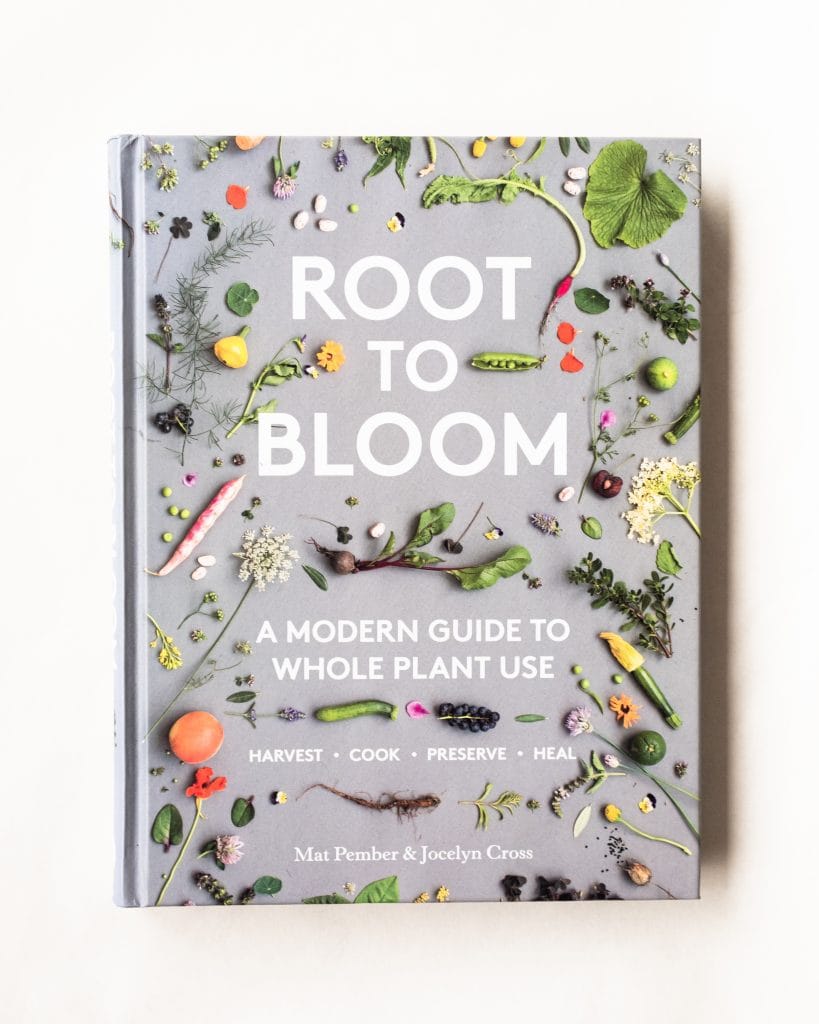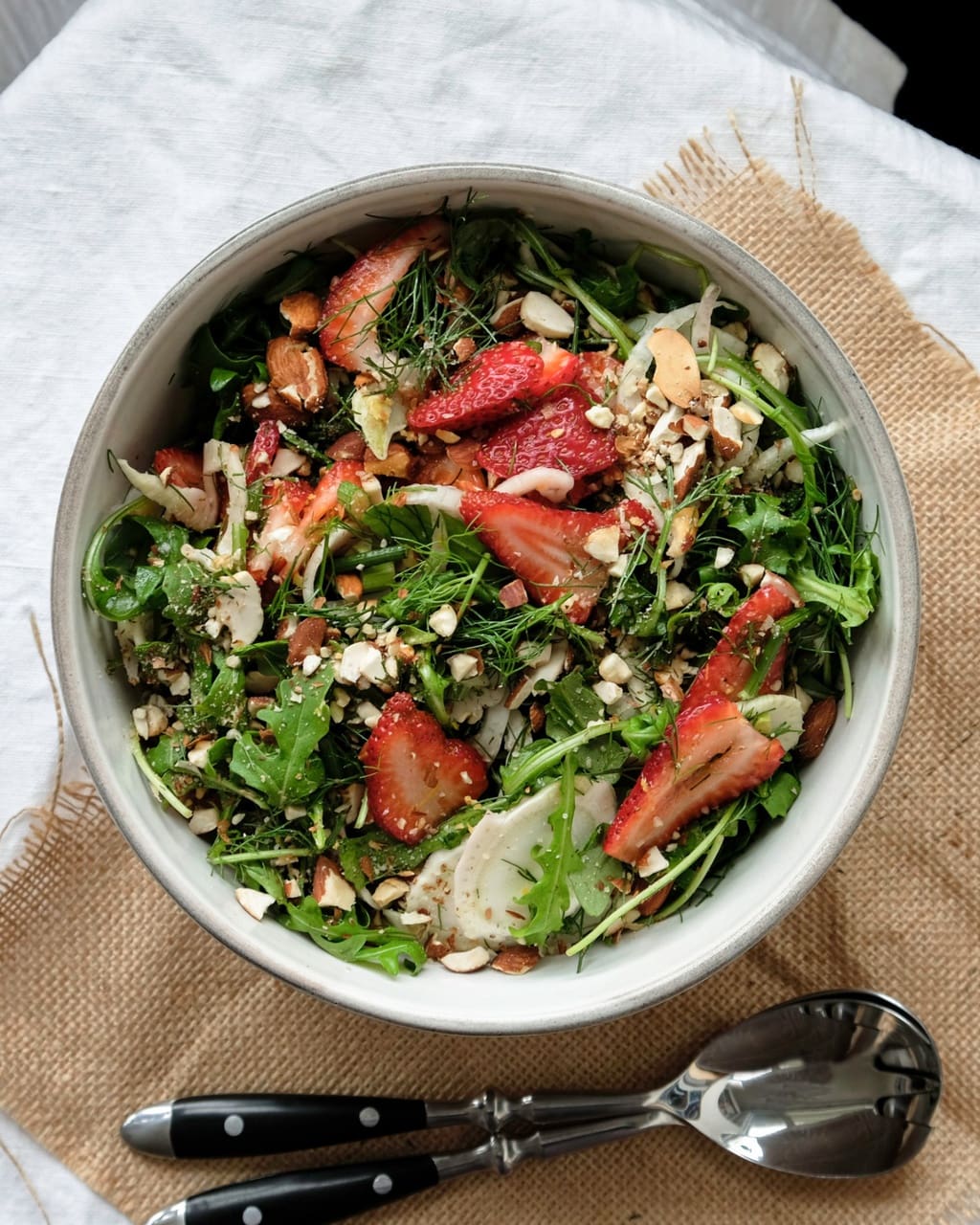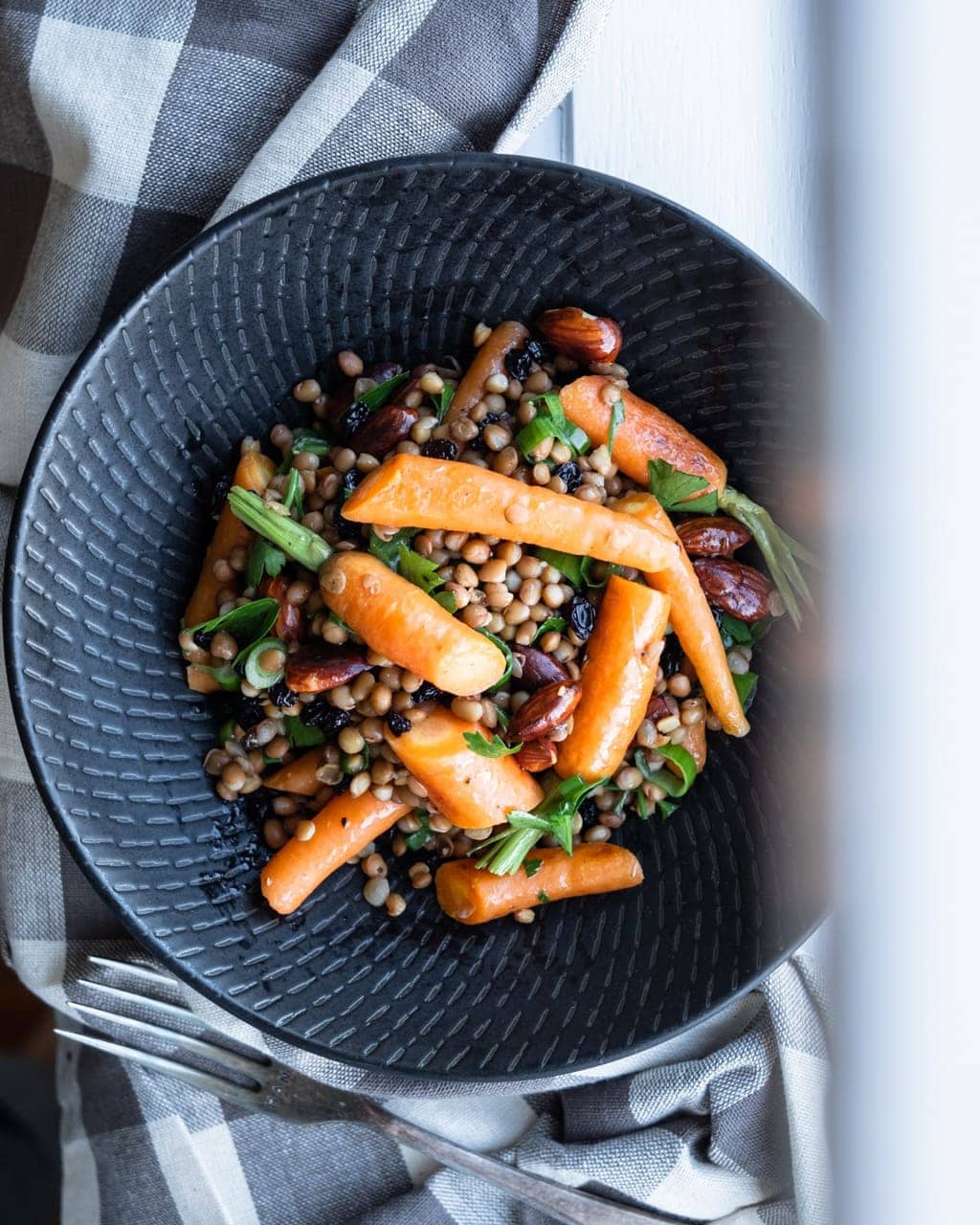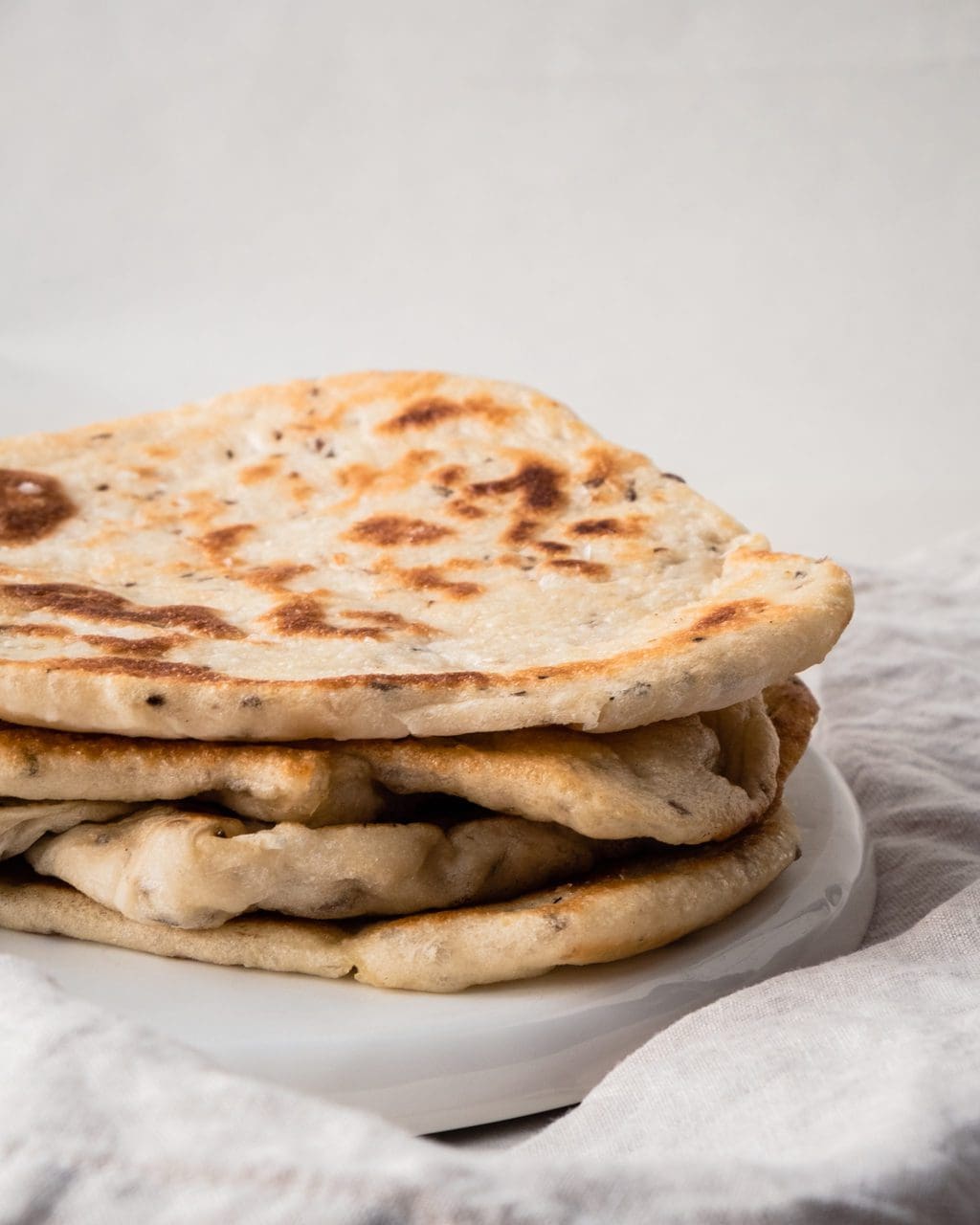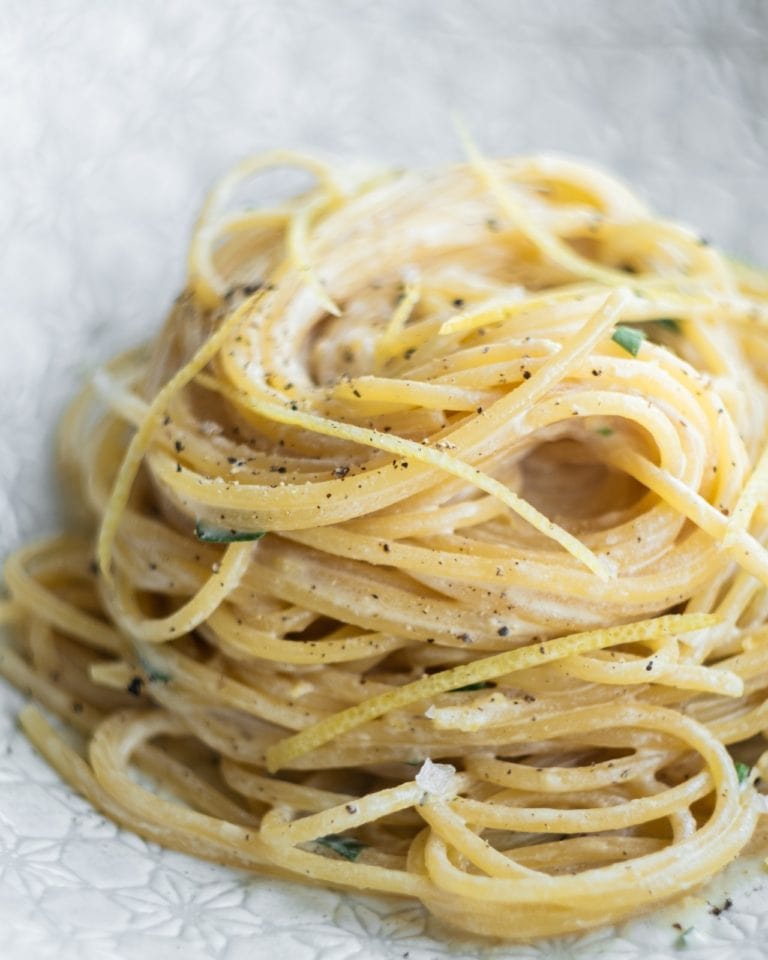5 Cookbooks that are worth your money
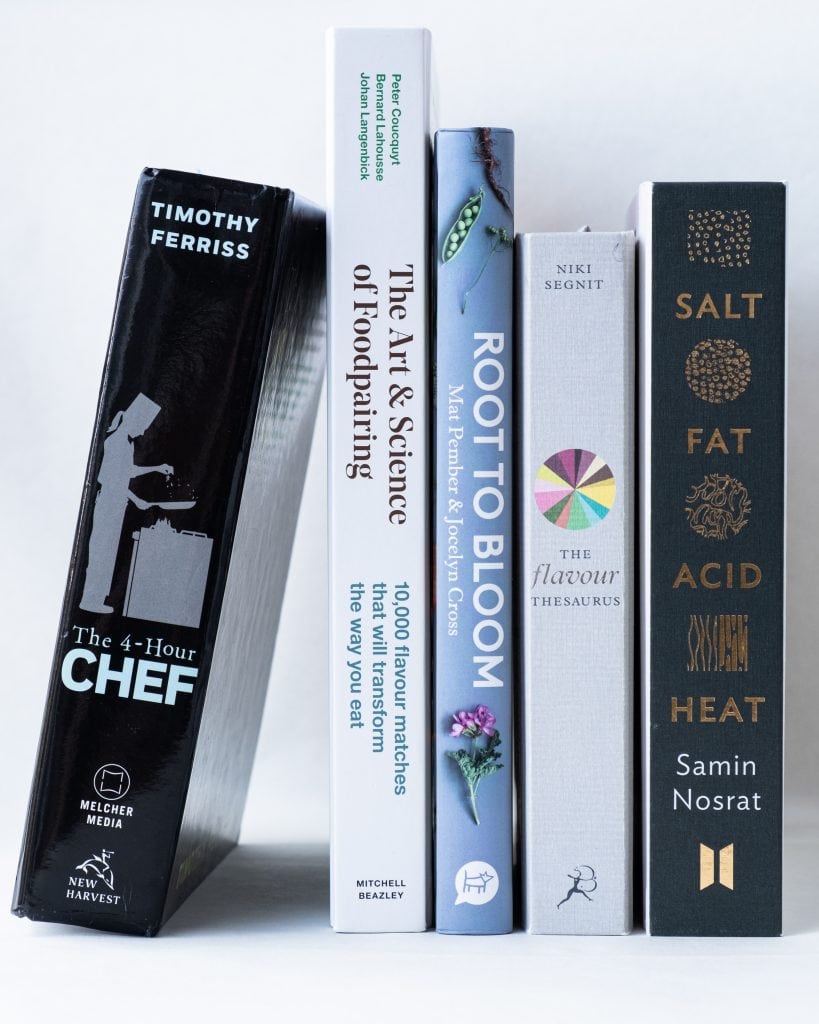
The following cookbooks fundamentally teach you how to cook. While they’re all packed with delicious recipes, their focus is on teaching the basics. These books teach you how to pair flavours, what parts of a vegetable you can and cannot eat and how to prepare your ingredients in the best and most efficient way.
I have come back to these books many times. They inspire me to create recipes. These cookbooks teach the underlying science of food pairing, the flavour pairings that different cuisines commonly use and the techniques needed to make your food not only taste but also look fabulous.
If you want to learn how to become confident in the kitchen then have a look at these books. They will teach you how to cook freely and with ease.
Any of these books would also make great presents for that person in your life that likes to spend a lot of time in the kitchen or for someone who would like to become a more confident cook.
Some links within this article are affiliate links. You won’t pay any more than normal when you purchase a product through these links, but I may get a small commission from the sale.
Written by Samin Nosrat, this cookbook teaches you how to make food taste delicious. She addresses the most important components of cooking: salt, fat acid and heat. In the book she shows how to bring your meals to the next level. Samin focuses on simple techniques and the basics of flavour to show how (and why) some food tastes so good.
I enjoyed reading her stories. Whether she’s explaining food science concepts or practical instructions on how to balance acidity, her explanations are easy to understand and well phrased. The book also includes flavour maps which give an overview of different herbs and spices commonly used across the world.
Additionally, the book is packed with beautiful illustrations by Wendy MacNaughton. There are no photos but the illustrations definitely make up for it. There are also recipes to practice your newly learned principles and basic flavour pairings.
I highly recommend this book, however if you really don’t like books (who even are you?!) then Samin also has a Netflix series by the same name which is very interesting and enjoyable to watch.
Tim Ferriss is not a chef. However, he’s a very skilled interviewer. If you’ve never heard of his podcast, I’d highly recommend listening in. He has interviewed hundreds of inspirational people in all kinds of professional fields, including chefs.
In the 4-Hour Chef, Tim Ferriss documented his process of learning how to cook. This book teaches the principles of cooking and flavouring food. From must-have kitchen utensils and how to cut vegetables to teaching you how to make gels and use liquid nitrogen, this book is an all-rounder.
The cookbook has five sections. In the first, which is valuable well beyond the kitchen, Tim covers the topic of “meta-learning”. Here he explains how he approaches a new task and how he has learnt to learn efficiently over the years (and how you can develop new skills faster going forward). The next four sections cover cooking in the following order: domestic, the wild, scientist, professional.
The techniques get more and more complex the further you get into the book. The book covers any and all types of food and is not focused on plant based food. While this might be a no-no for some, I think that the techniques and the culinary lessons taught in the book make up for the fact that I won’t be using the recipe on how to properly season and cook a steak. If you are someone who is put off by that, I highly recommend skipping the “wild” section!
This is the cookbook I use most often for my own personal development. The book is much more scientific than the other ones and explains the reasons why some ingredients go with each other. There is an entire section at the start of this book on how both smell and taste work, and what the different aroma molecules are.
I often look up specific ingredients to inspire and guide my thinking at various stages of the recipe development process. Different ingredients generally work well together when their aroma types overlap; the authors have defined 14 different aroma types which are colour coded in the book.
There are thousands of flavour pairings covered in this book. The content in this book inspires and fascinates me time and time again. If you like a bit of science and want to understand why something works, then you’ll enjoy this book.
This book focuses on flavour pairings. It’s much smaller in size and less scientific than “The Art and Science of Foodpairing”. However, there is still a multitude of things to learn in this book as it covers characteristics and flavour pairings for some of the most commonly used ingredients. To be precise, it covers exactly 99 ingredients and their most common/best pairings.
The book contains 16 flavour profiles in which the ingredients are sorted. For example, under the “roasted” section you can find chocolate, coffee and peanut. There are also introductions to each ingredient, highlighting its origins as well as recipes that use some of the recommended flavour pairings.
If you have never consciously thought about pairing flavours and/or are very new to cooking, then this is a great cookbook to start learning more about flavour.
This book is beautifully designed and gives some great insights into how we can make the most out of plants. A lot of food gets wasted simply because we don’t realise that multiple parts of a plant can be used in our cooking. I find it very inspiring, as well as humbling, to learn more about using the whole plant from “root to bloom”.
The book covers over 40 different plant families. There is a beautiful photo of each plant and there are also notes on each ingredient’s origin, seasonality, as well as tips on how to grow it in your own garden. You can also find different recipes: for eating, making your own skincare, preserving flowers and mixing home remedies.
If you’re interested in living more sustainably then you’ll enjoy this cookbook.
I hope you found something that resonates with you and I would love to know: What is your favourite cookbook?
Please let me know in the comments.
Annick
P.S. If you’re in the mood for a free book, make sure to download my eBook.

